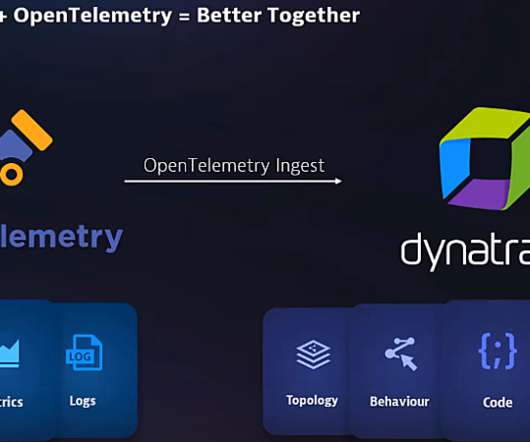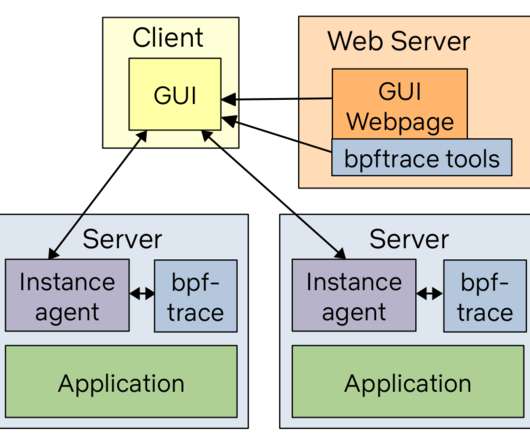ScyllaDB Trends – How Users Deploy The Real-Time Big Data Database
Scalegrid
NOVEMBER 25, 2019
ScyllaDB is an open-source distributed NoSQL data store, reimplemented from the popular Apache Cassandra database. Released just four years ago in 2015, Scylla has averaged over 220% year-over-year growth in popularity according to DB-Engines. ScyllaDB Cloud vs. ScyllaDB On-Premises. Cloud vs. On-Premise Click To Tweet.





















Let's personalize your content